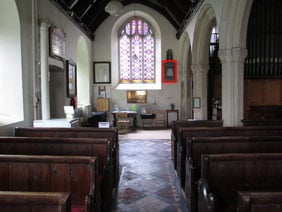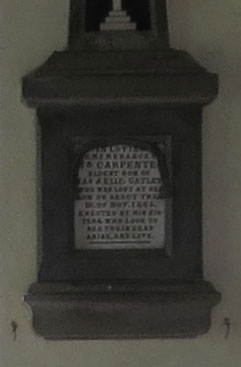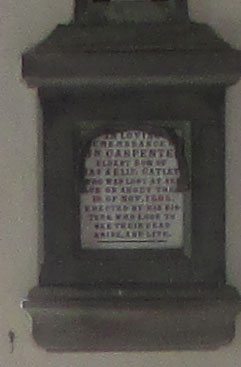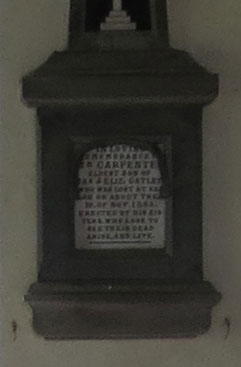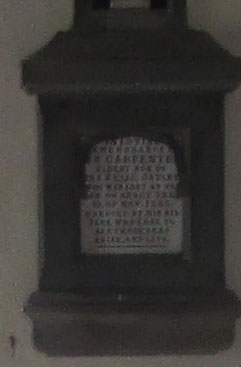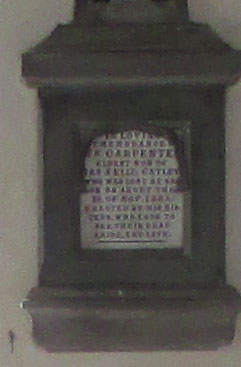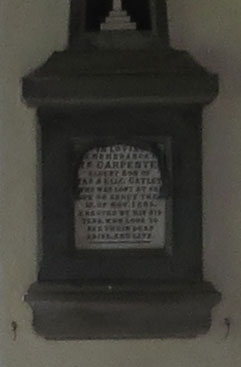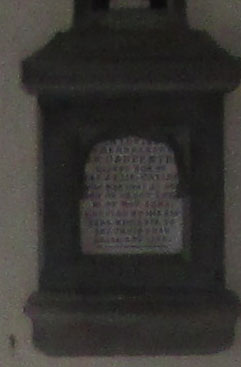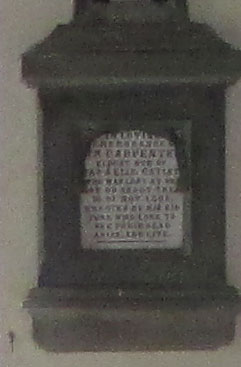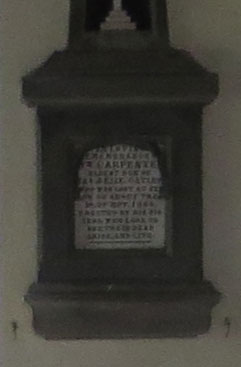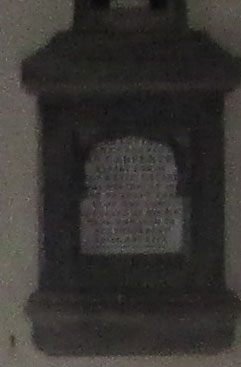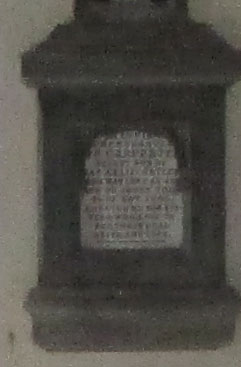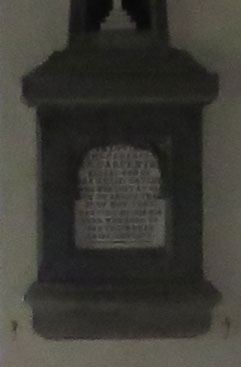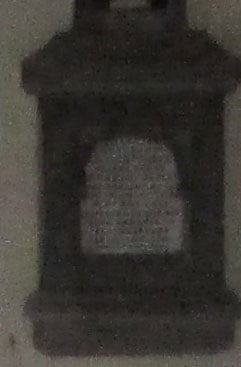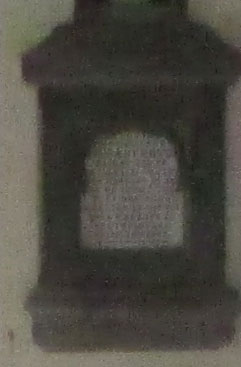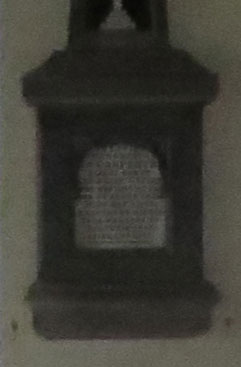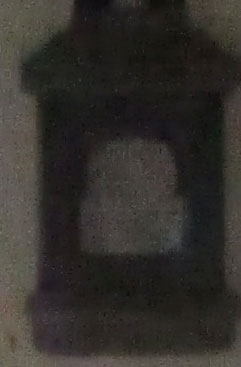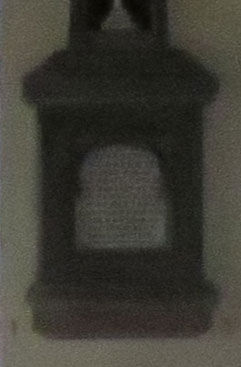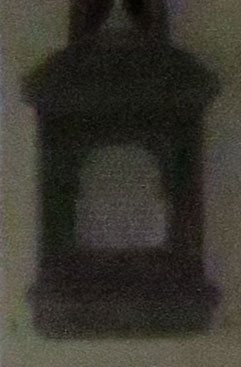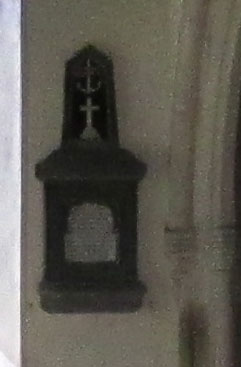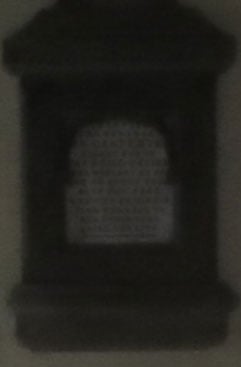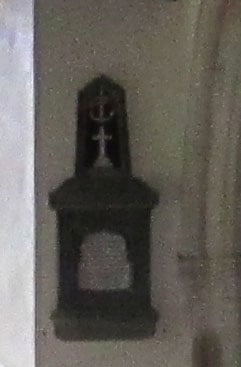Canon ELPH 130 IS / IXUS 140 review
-
-
Written by Ken McMahon
Quality
Canon IXUS 140 / ELPH 130 IS vs IXUS 255 HS/ ELPH 330 HS vs PowerShot A3500 IS Quality
|
Canon IXUS 140 / ELPH 130 IS |
Canon IXUS 255 HS / ELPH 330 HS |
Canon PowerShot A3500 IS | ||
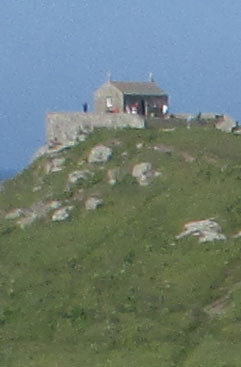 | 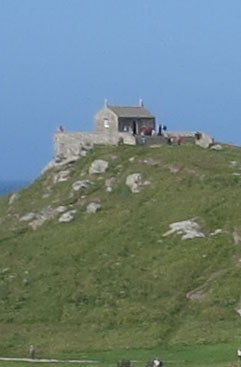 | 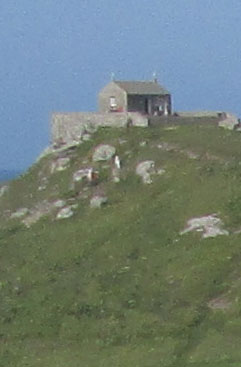 | ||
f9, 100 ISO |
f3.2, 80 ISO |
f7.9, 100 ISO | ||
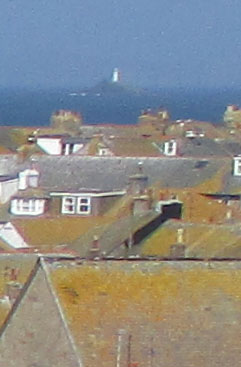 | 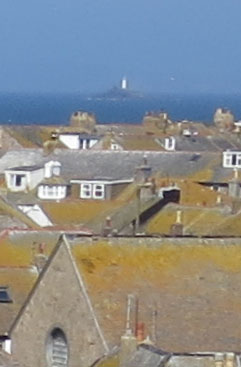 | 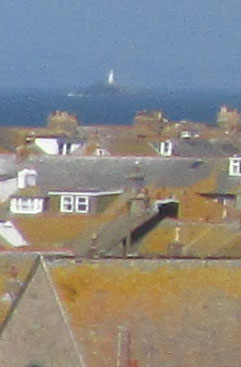 | ||
f9, 100 ISO |
f3.2, 80 ISO |
f7.9, 100 ISO | ||
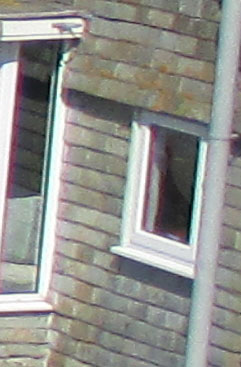 | 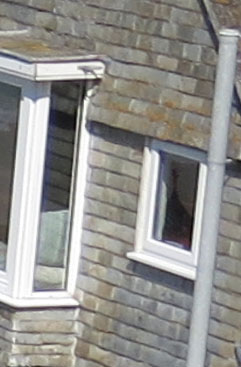 | 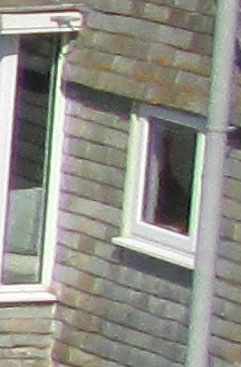 | ||
f9, 100 ISO |
f3.2, 80 ISO |
f7.9, 100 ISO | ||
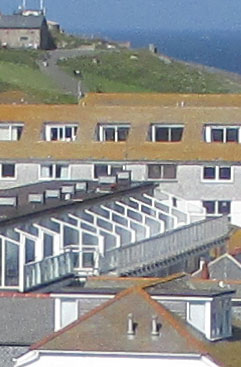 | 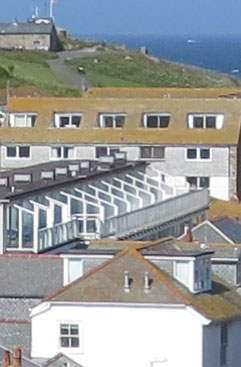 | 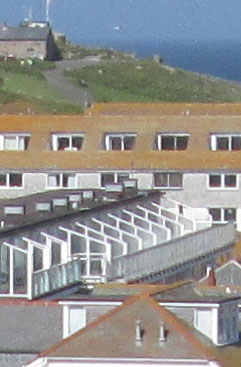 | ||
f9, 100 ISO |
f3.2, 80 ISO |
f7.9, 100 ISO |
Canon IXUS 140 / ELPH 130 IS vs IXUS 255 HS/ ELPH 330 HS vs PowerShot A3500 IS Noise
The image above was taken with the Canon IXUS 140 / ELPH 130 IS. The IXUS 140 / ELPH 130 IS was set to Program Auto mode and at its base 100 ISO sensitivity metered an exposure of 0.6s at f3.2. To produce an equivalent exposure to the PowerShot A3500 IS I applied 0.67EV exposure compensation on the IXUS 140 / ELPH 130 IS which produced an exposure of 1s. I applied the same 0.67EV exposure compensation to the IXUS 255 HS / ELPH330 HS, resulting in an exposure of 1s, also at f3.2 at it’s base 80 ISO sensitivity setting. The PowerShot A3500 IS metered an exposure of 0.6s and f2.8 at 100 ISO. At its base 100 ISO sensitivity setting, the Canon IXUS 140 / ELPH 130 IS has produced a pretty good result. Yes, it’s noisy, you can see textures in the wall, the dark wood of the memorial panel and the text panel, but the text is readable and the overall level of detail is quite good. The edges are less sharp than they might be but these are only issues that would be of concern if you’re making big prints. At 200 ISO there’s a substantial increase in the noise, with colour patches appearing on the text panel, and an increase in the grainy texture on areas of flat colour. The edges are starting to break up a little and the text, though still readable looks clumpy and a little smeared in places. At 400 ISO there’s a further degradation, but it’s not quite so severe and you can still read the text, just about. And even though the graniness is quite severe when viewed at actual size, at smaller sizes 400 ISO produces perfectly acceptable results with good white balance and saturation. Even 800 ISO is passable at smaller sizes, though at 100 percent viewing it looks very blotchy indeed and the text is barely recognisable as such. The 1600 ISO setting is mostly noise and even at smaller screen sizes it looks patchy, but it’s certainly worth a try for those must-have shots. Compared with the crops from the PowerShot A3500 IS in the third column, the IXUS 140 / ELPH 130 IS crops actually look better, which is a little surprising given that these two models share the same sensor and produced very similar results in my outdoor real-life test. The PowerShot A3500 IS crops are a little darker, but there’s also less detail and they look noisier. The difference isn’t that great at 100 ISO, but it becomes nmore pronounced as you go up the sensitivity range and by 400 ISO the PowerShot A3500 IS crop is very grainy and speckled compared with the IXUS 140 / ELPH 130 IS. One reason for this could be JPEG compression. The PowerShot A3500 IS lacks the SuperFine compression option of the IXUS 140 / ELPH 130 IS and its files are a little over half the size, so have been compressed twice as much. My guess is that’s mostly what’s resposible for the differences in quality here. The crops from the 12.1 Megapixel IXUS 255 HS / ELPH 330 HS show a slightly larger area with smaller detail than those from the 16 Megapixel IXUS 140 / ELPH 130 IS. When it introduced back-illuminated CMOS sensors to its compact range, Canon branded badged all models containing them ‘HS’, standing for high sensitivity. The headline feature of these sensors is their low noise performance, so it’s no surprise that the IXUS 255 HS / ELPH 330 HS crops look much better than those from the IXUS 140 / ELPH 130 IS. There’s less noise and more detail as a result, it’s as simple as that. Both the 80 and 100 ISO crops, which look very similar, are less noisy than the 100 ISO crop from the IXUS 140 / ELPH 130 IS. As you go up the sensitivity range the gap doesn’t widen, but the IXUS 255 HS / ELPH 330 HS does maintain its advantage. Even so, at 1600 ISO there’s not a lot of detail visible in the IXUS 255 HS / ELPH 330 HS crop and the 3200 and 6400 ISO settings provide little of practical use. Bu the CMOS sensor and Digic 5 predecessor do provide the IXUS 255 HS / ELPH 330 HS with one other advantage in the form of the Handheld NightScene stacking mode. The 4 Megapixel Low Light scene mode on the IXUS 140 / ELPH 130 IS isn’t much of an alternative. Now head over to my IXUS 140 / ELPH 130 IS sample images to see some more real-life shots in a variety of conditions, or head straight for my verdict.
|
